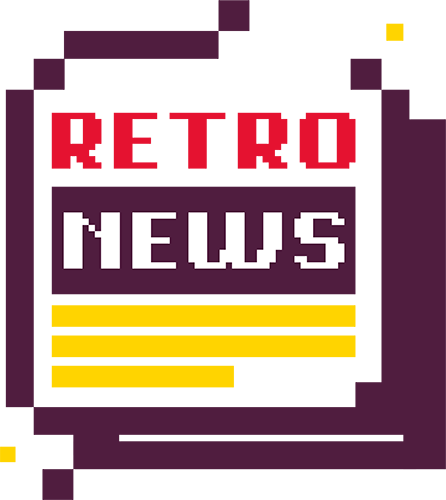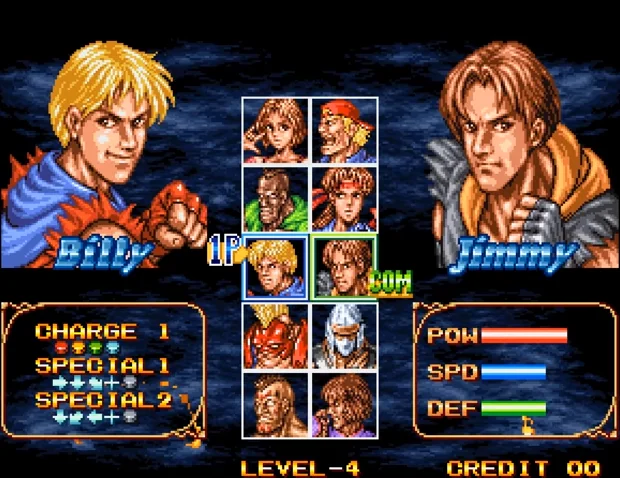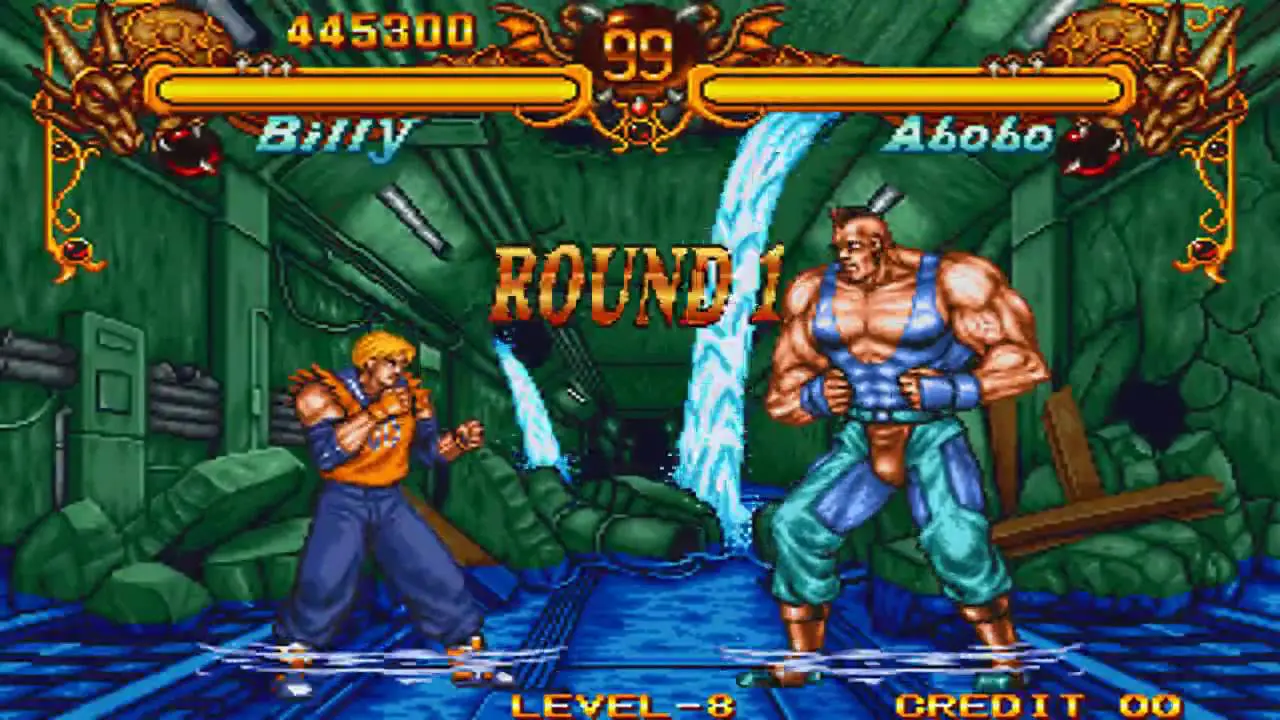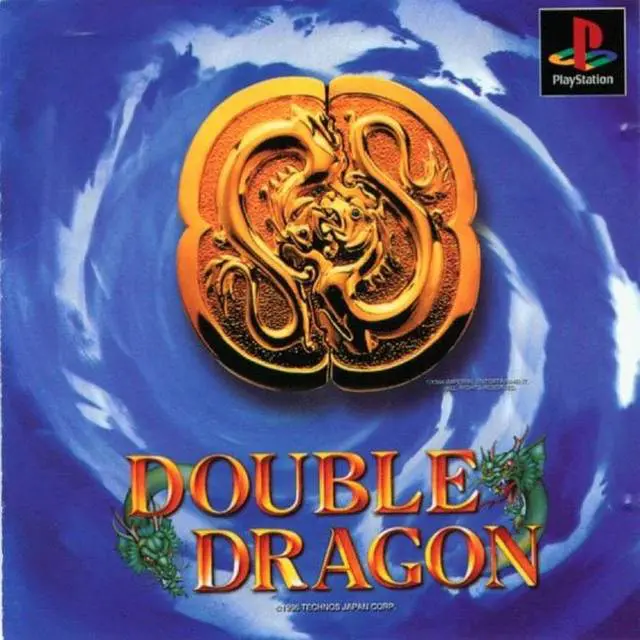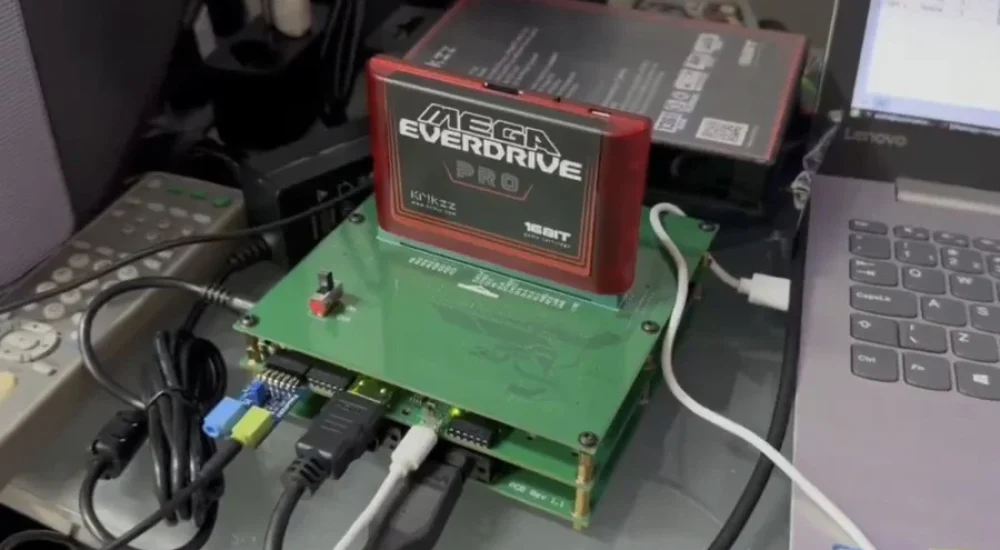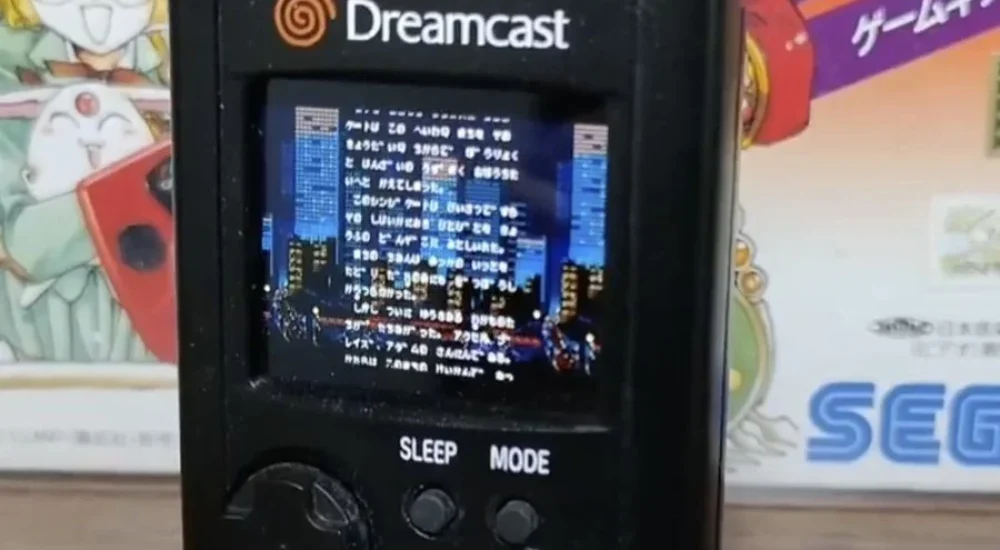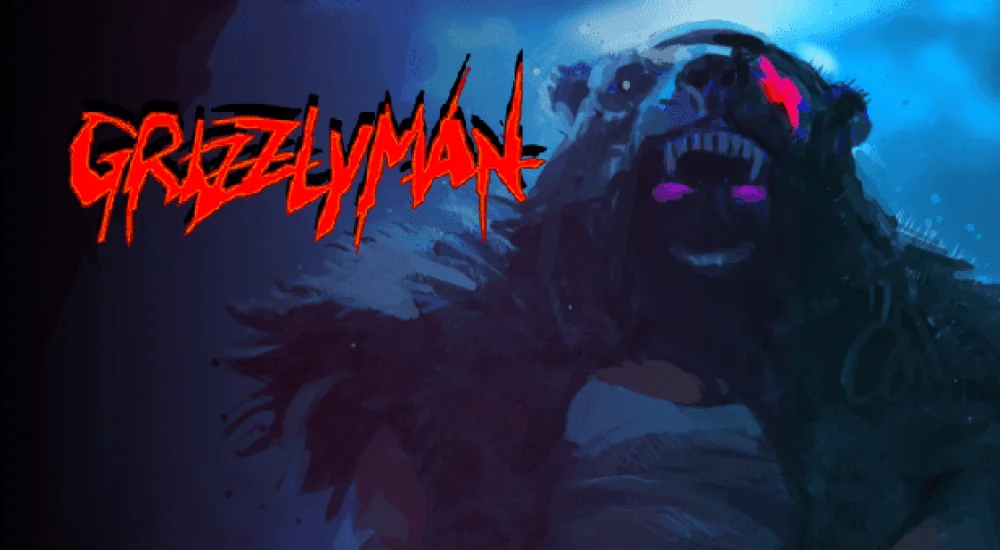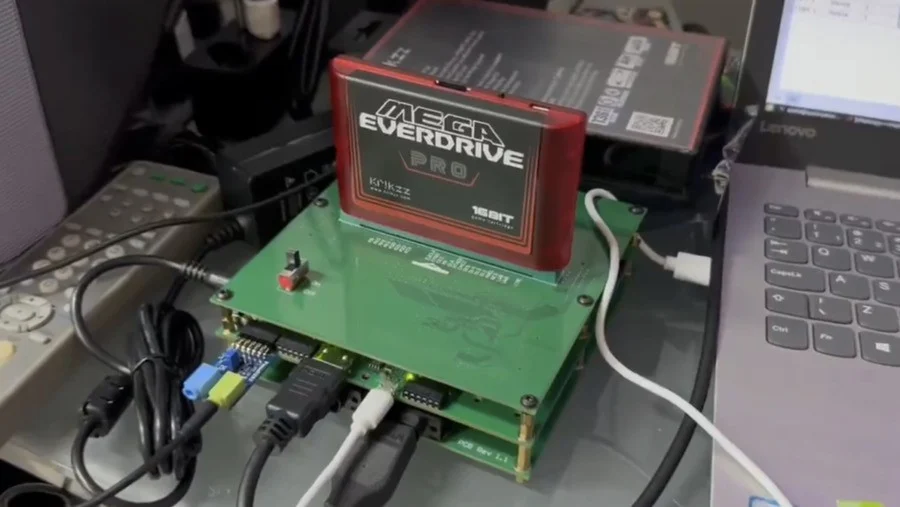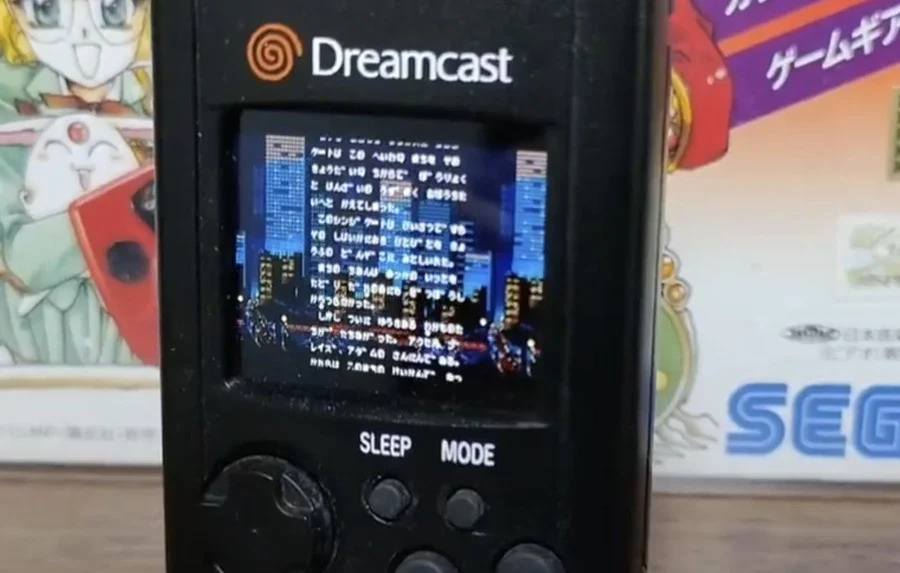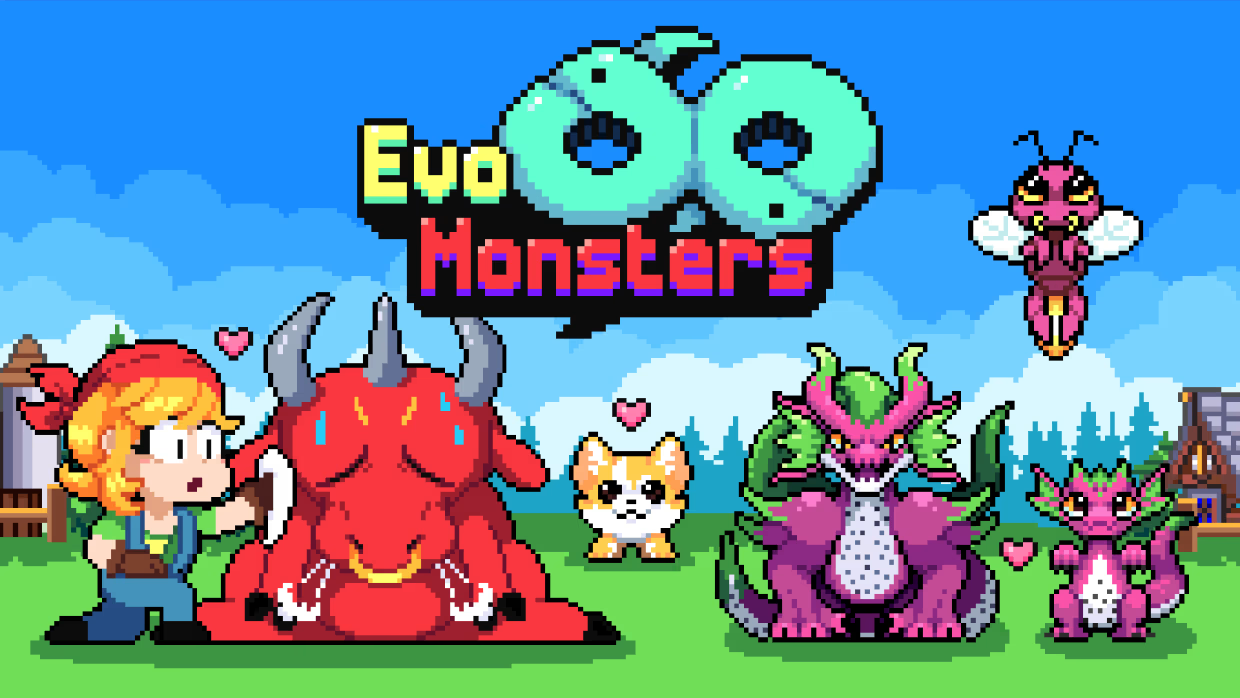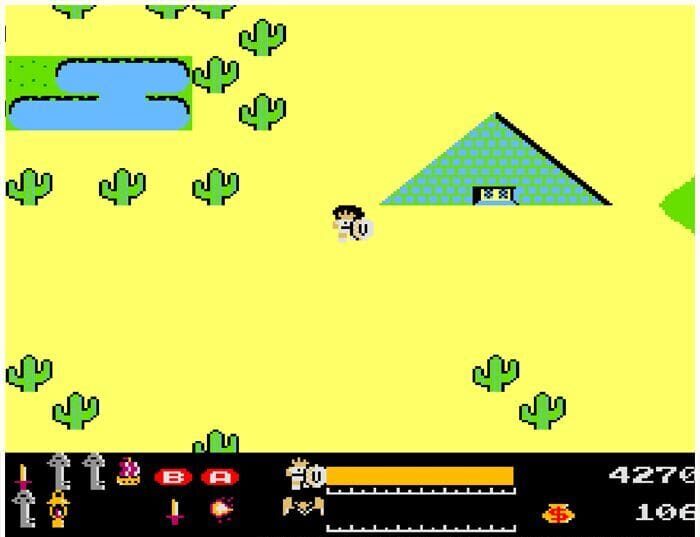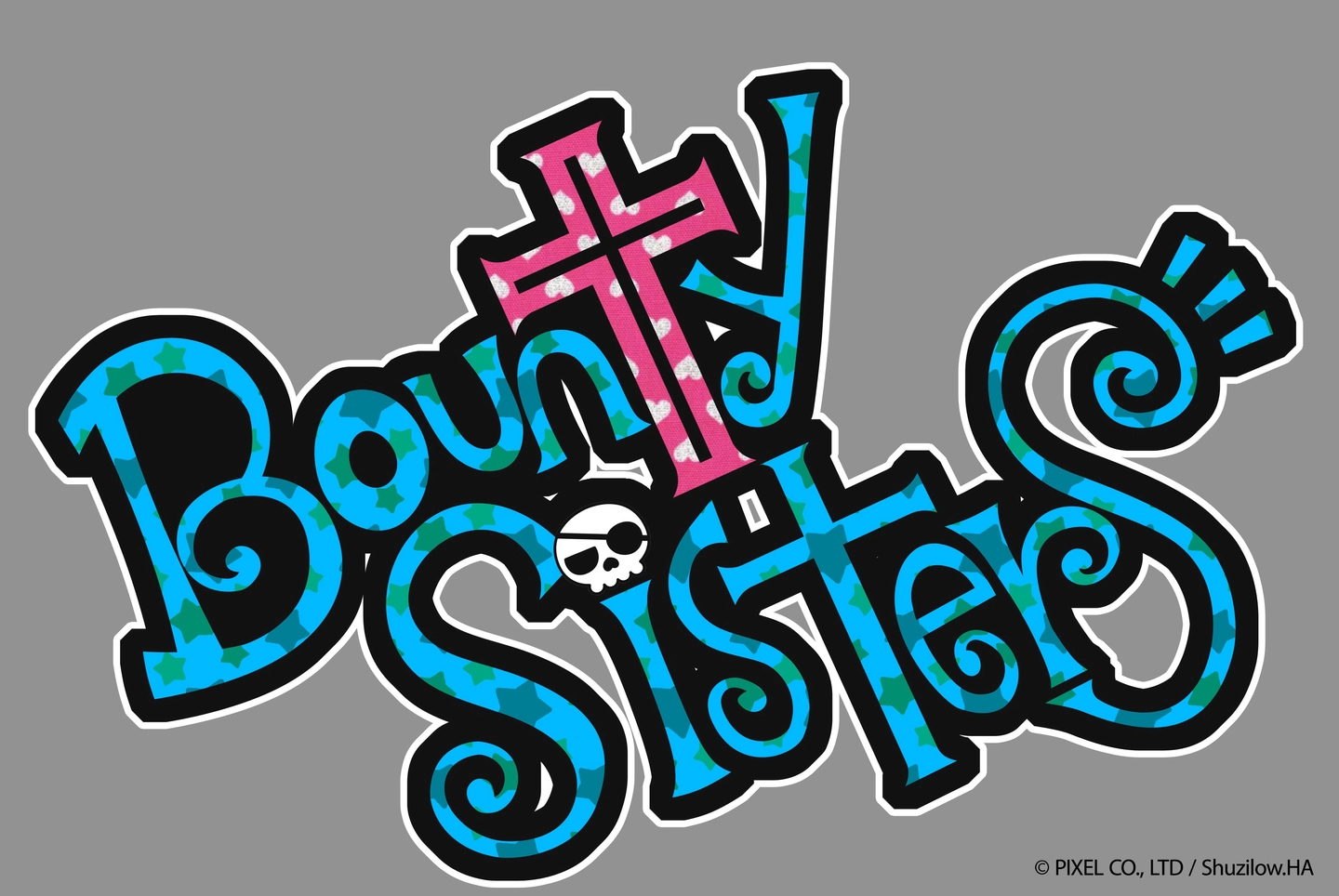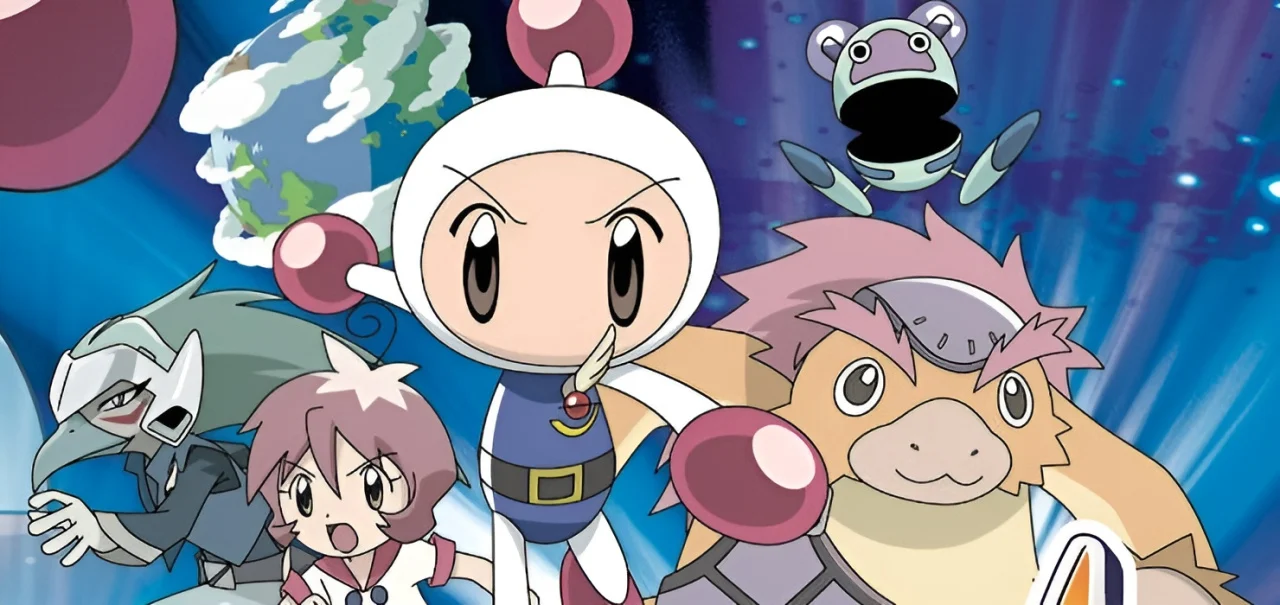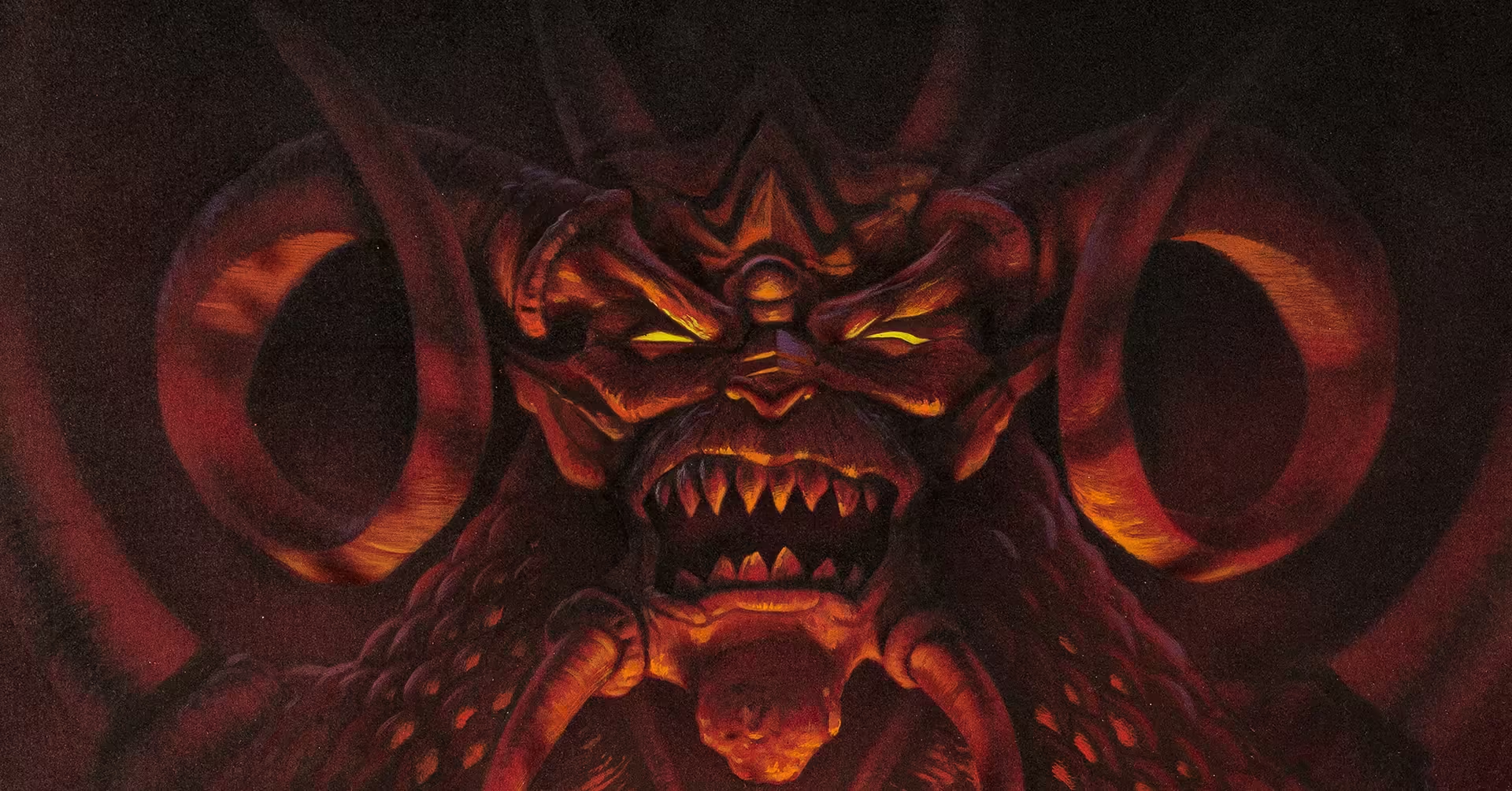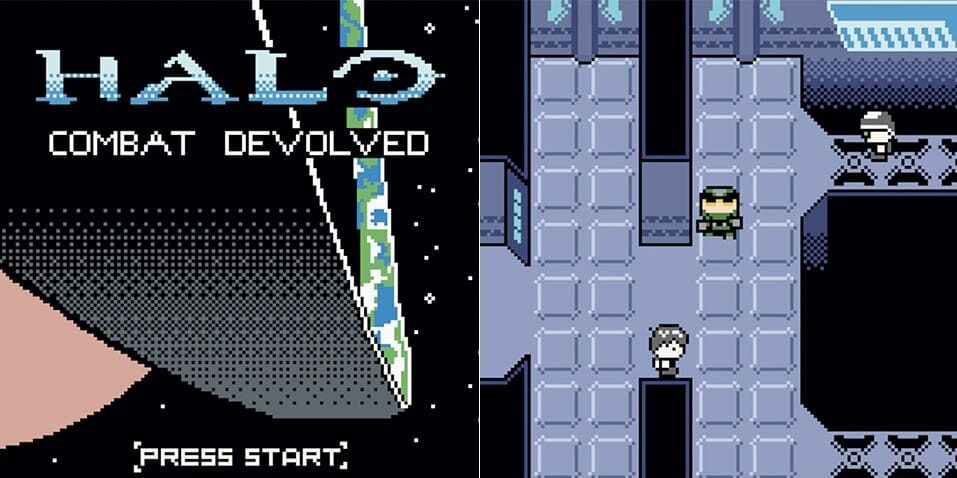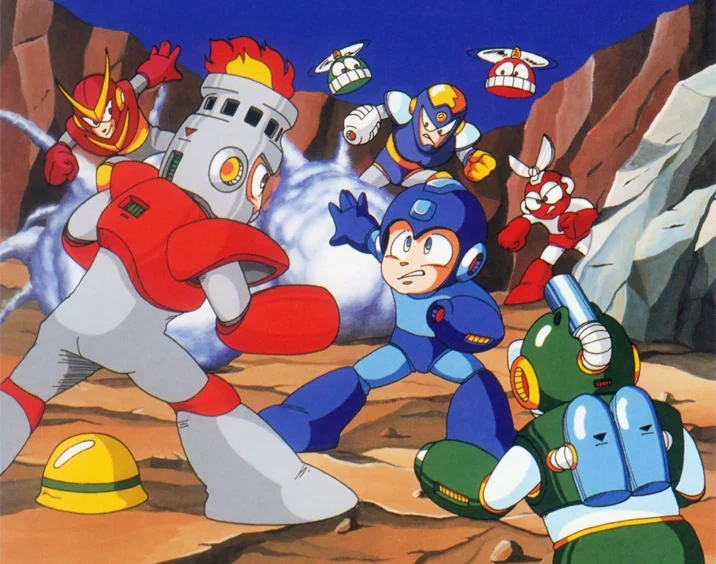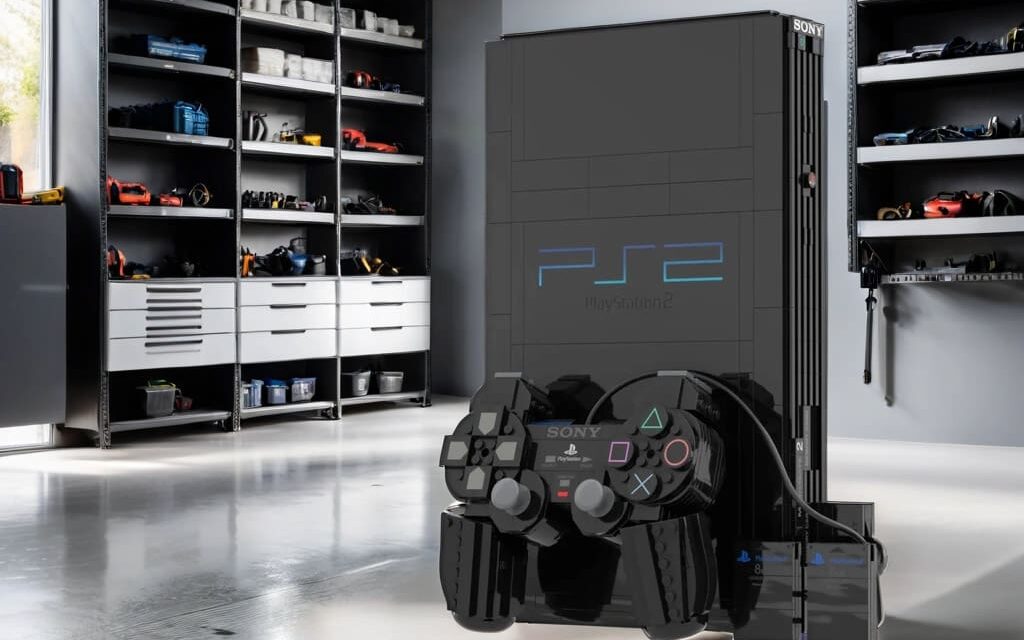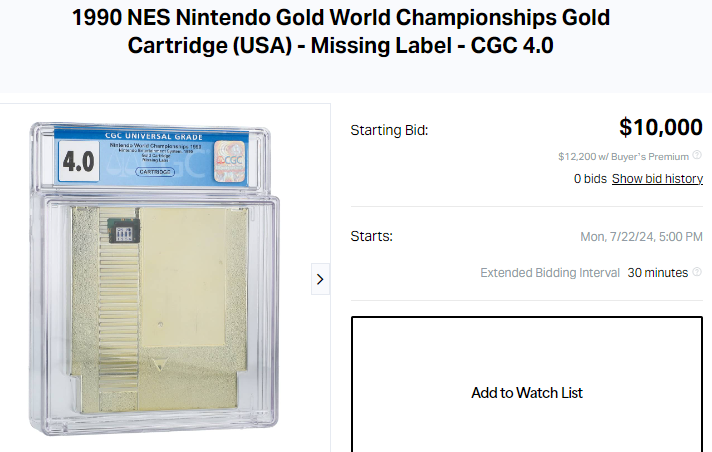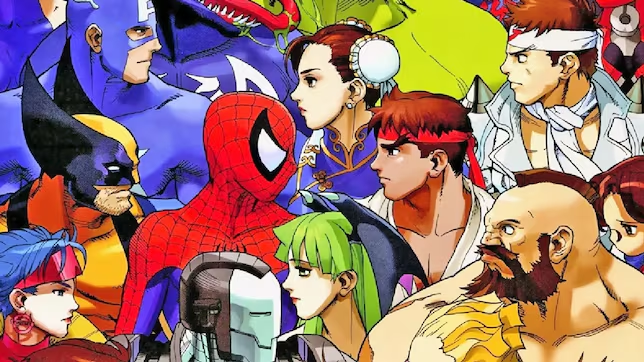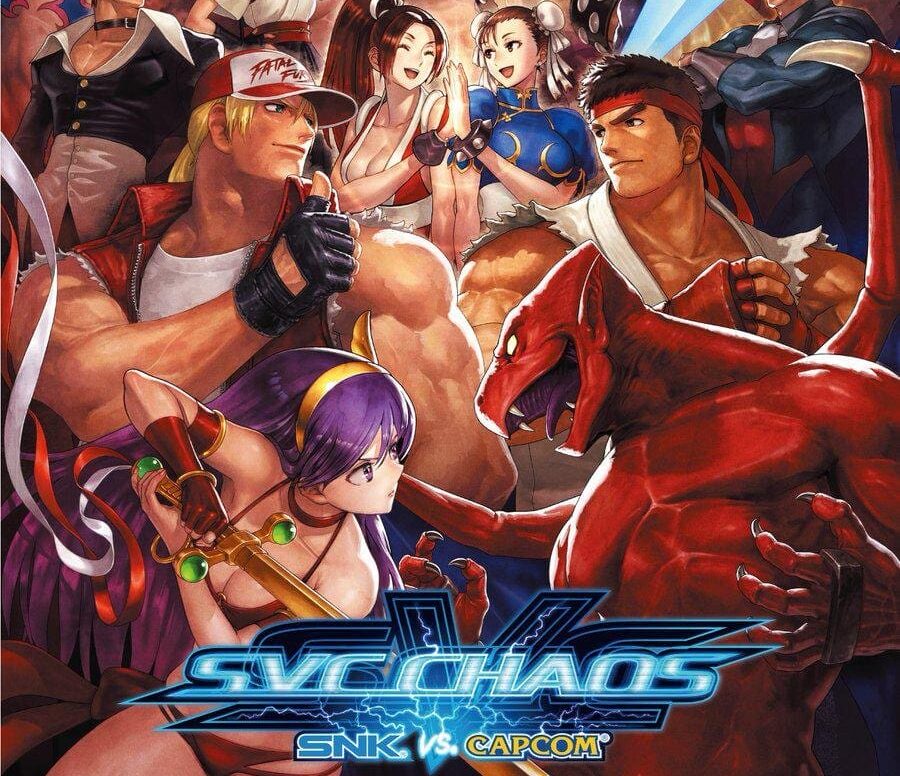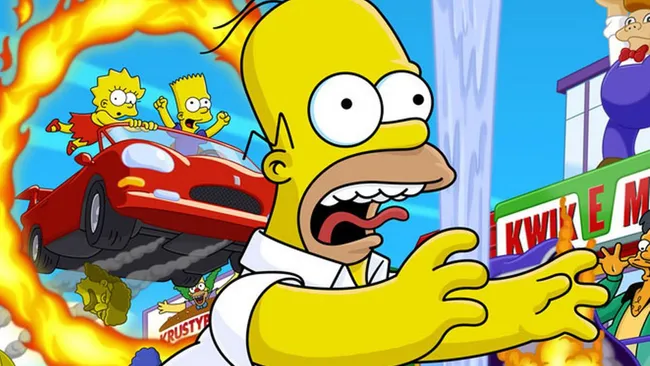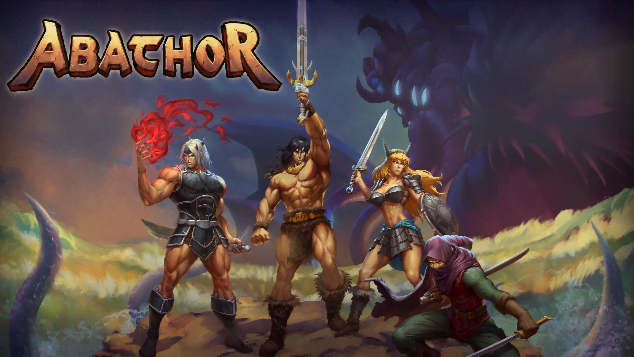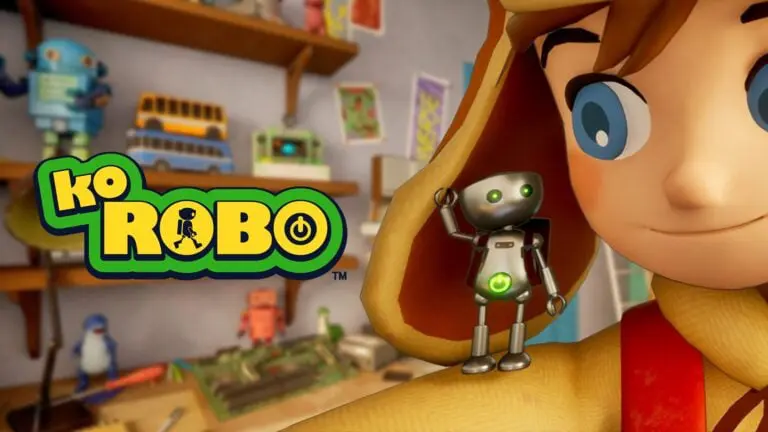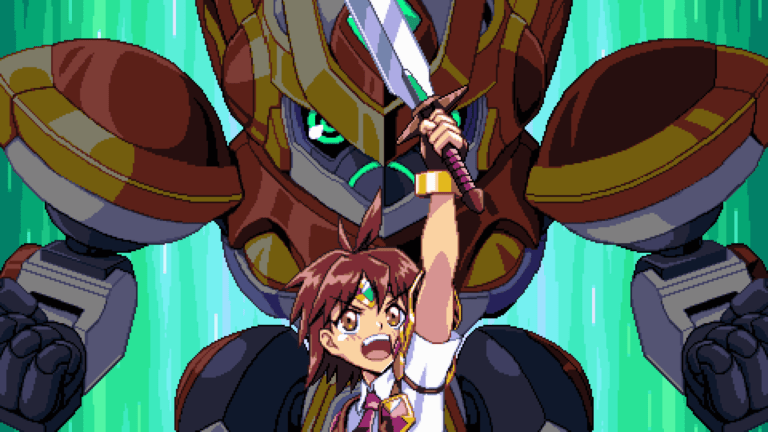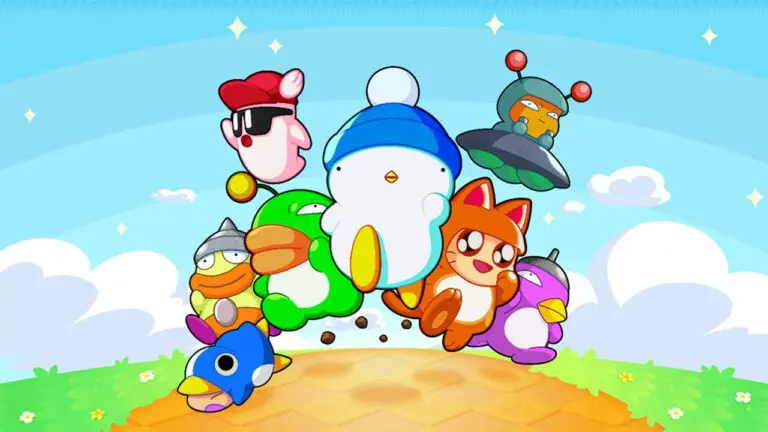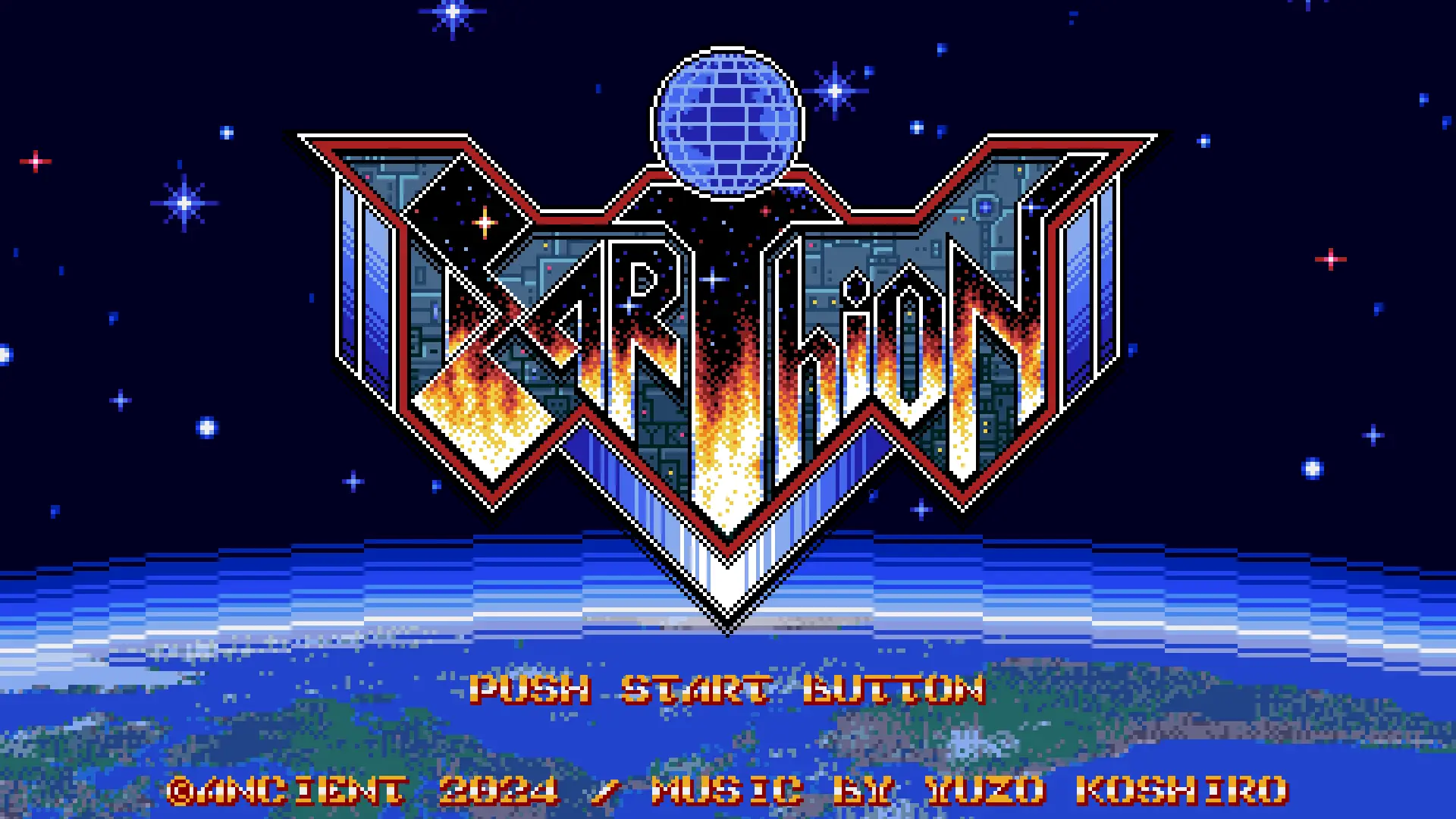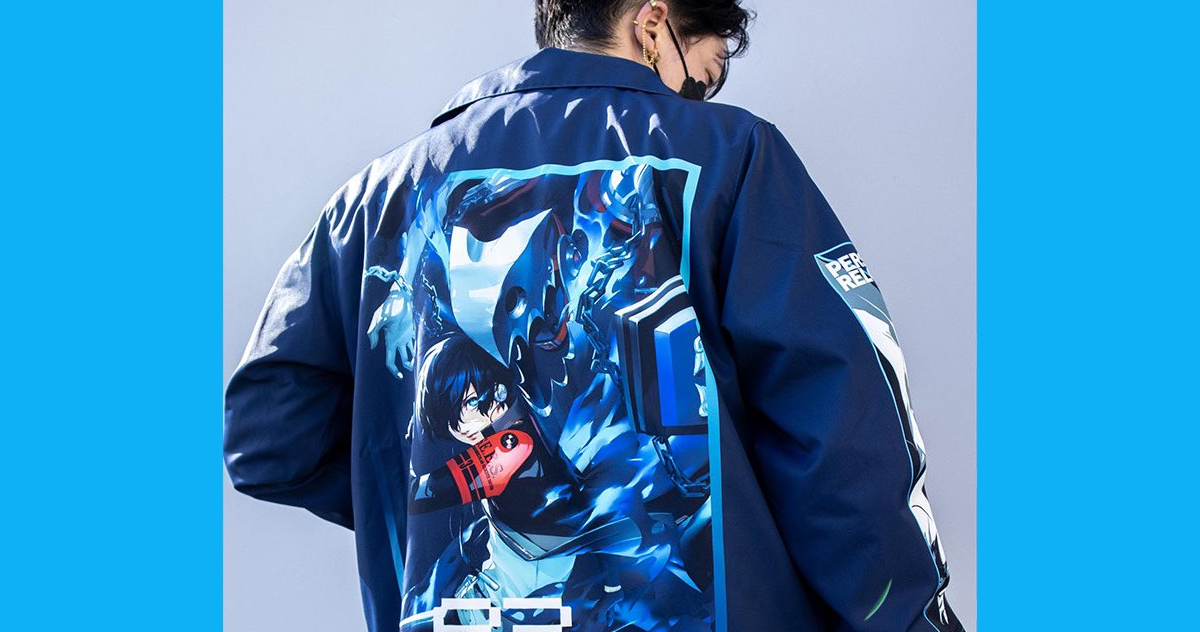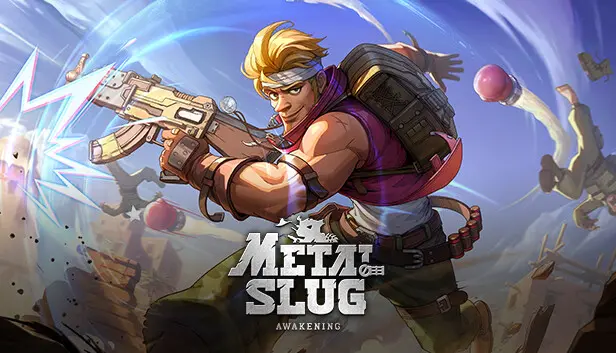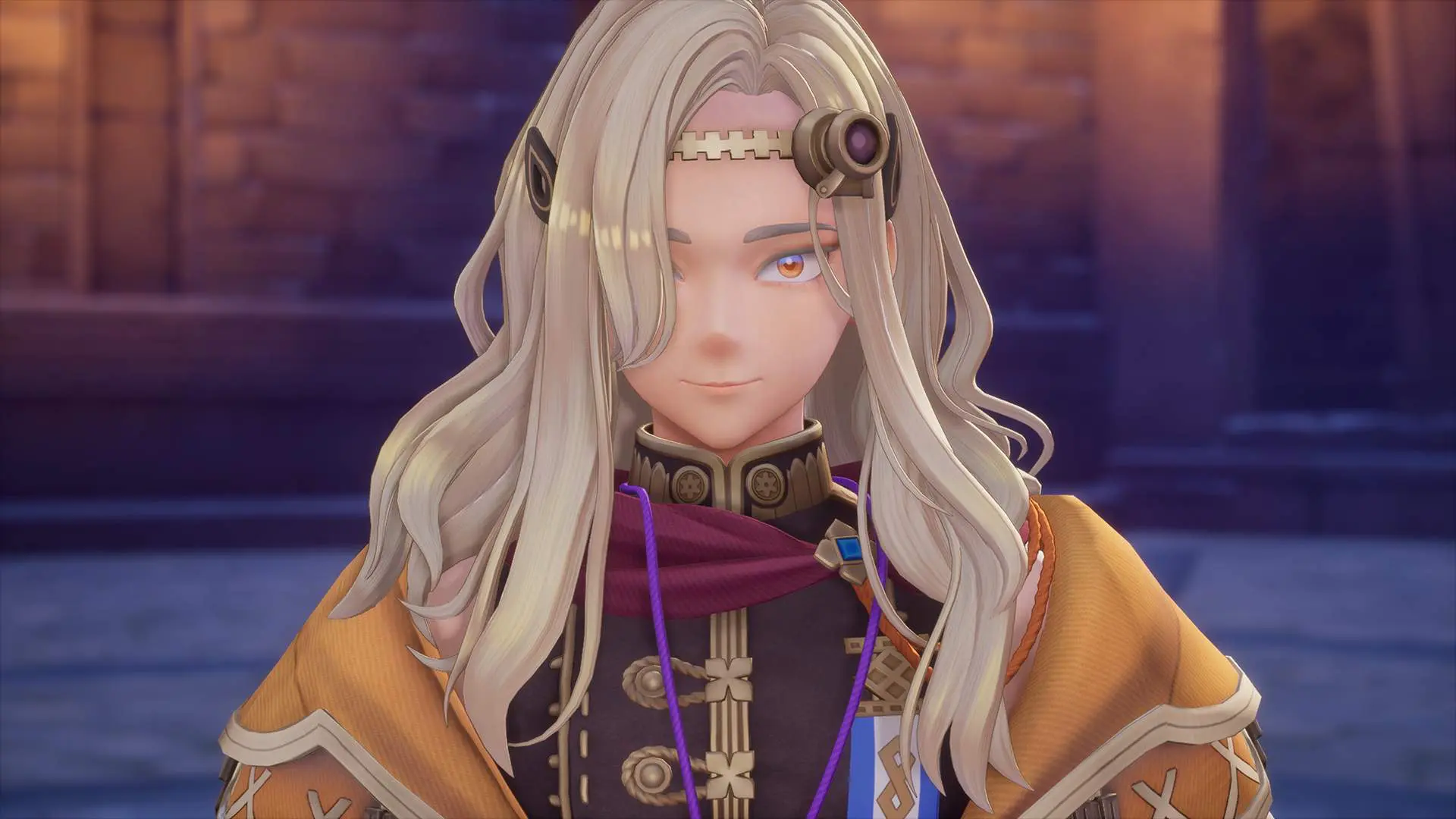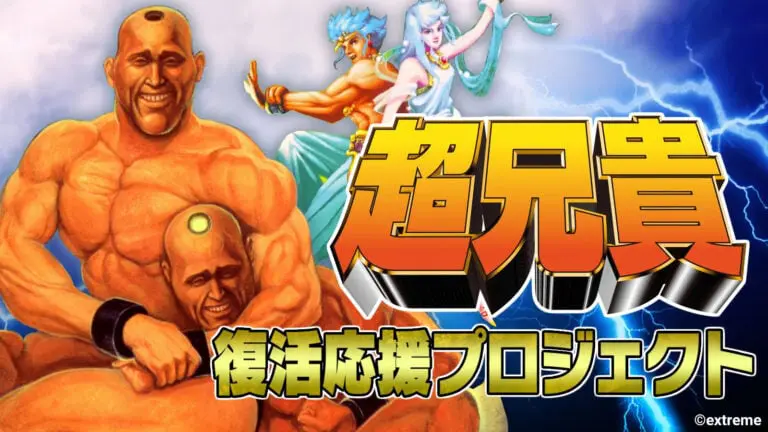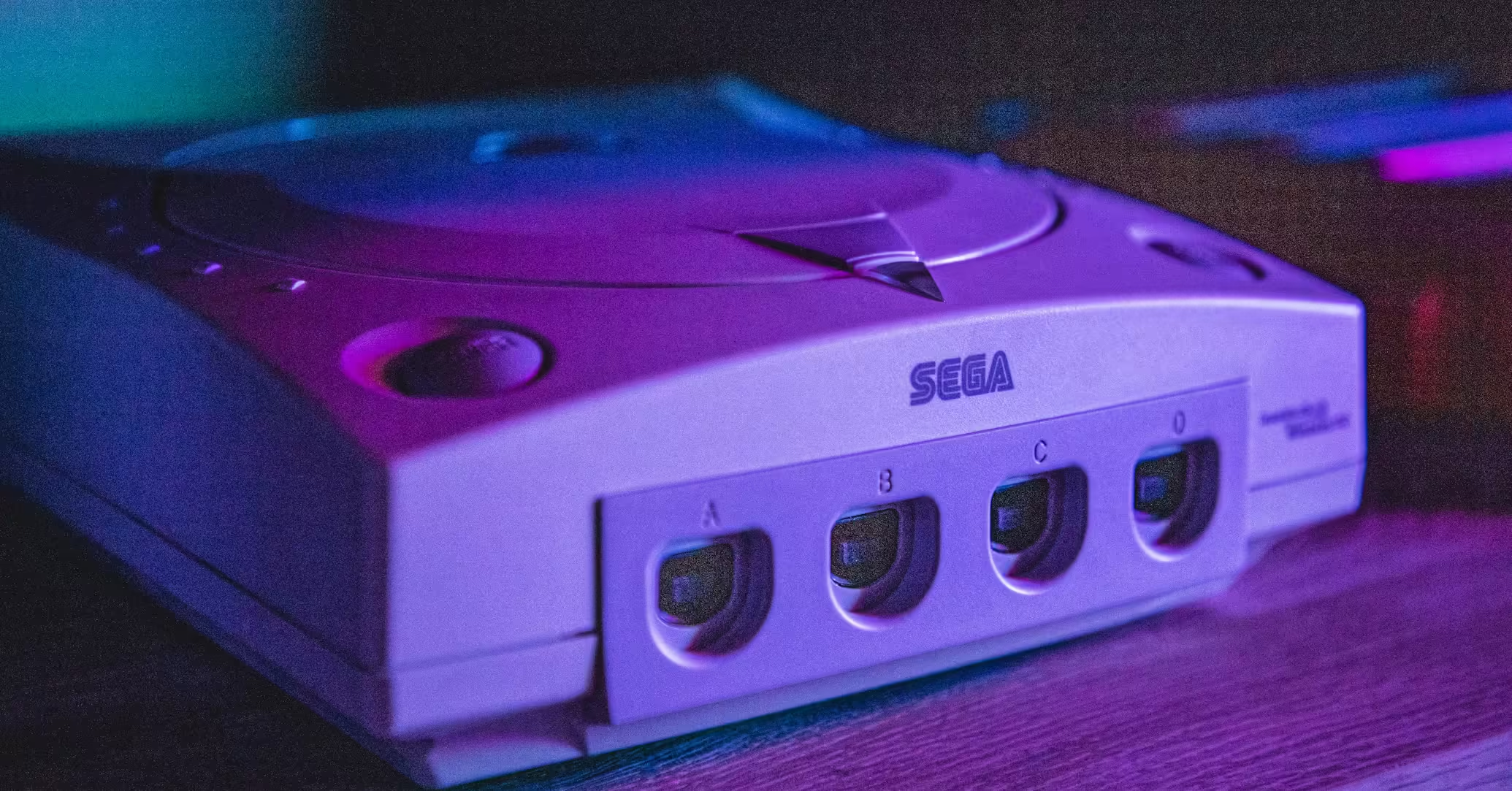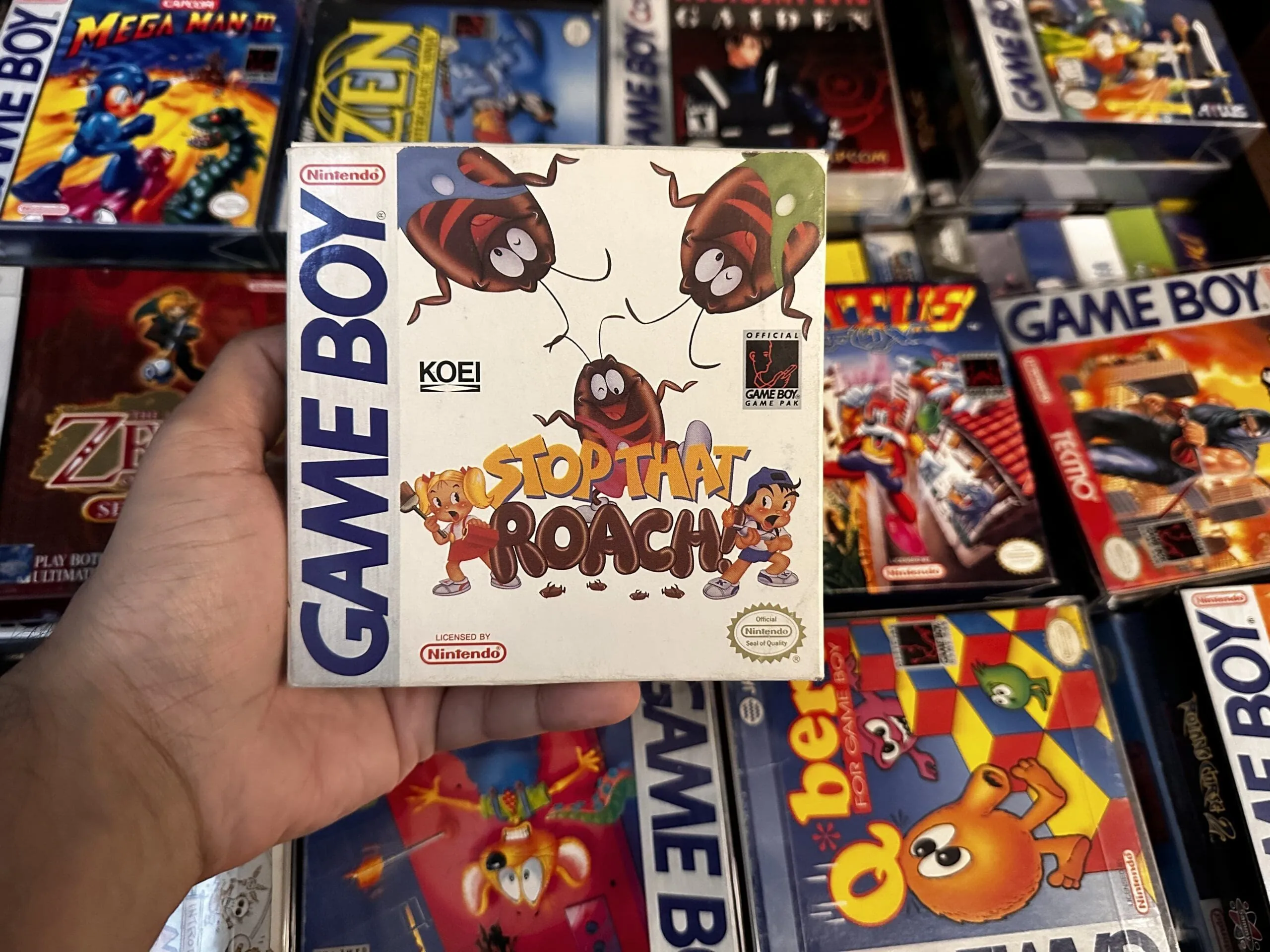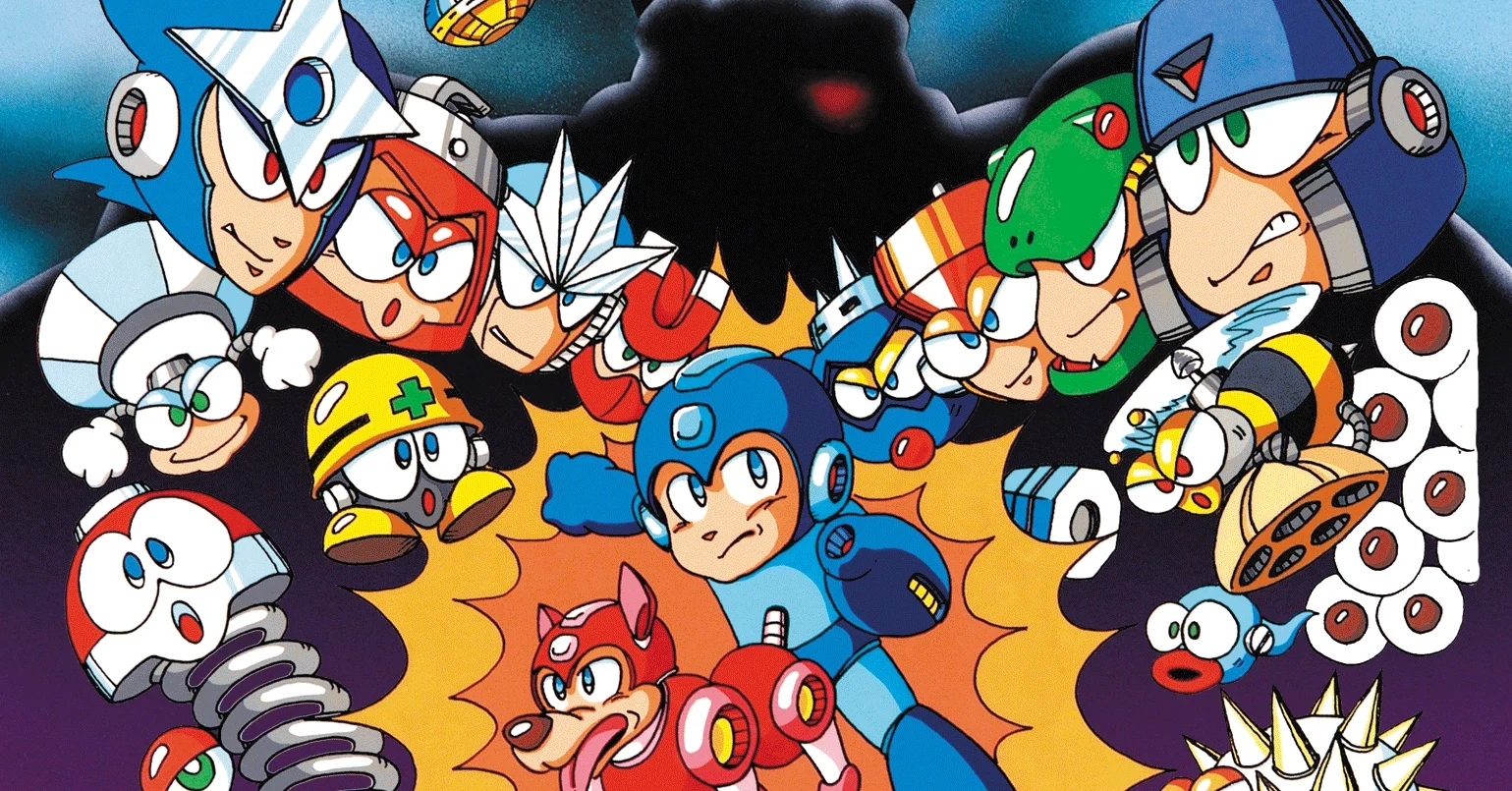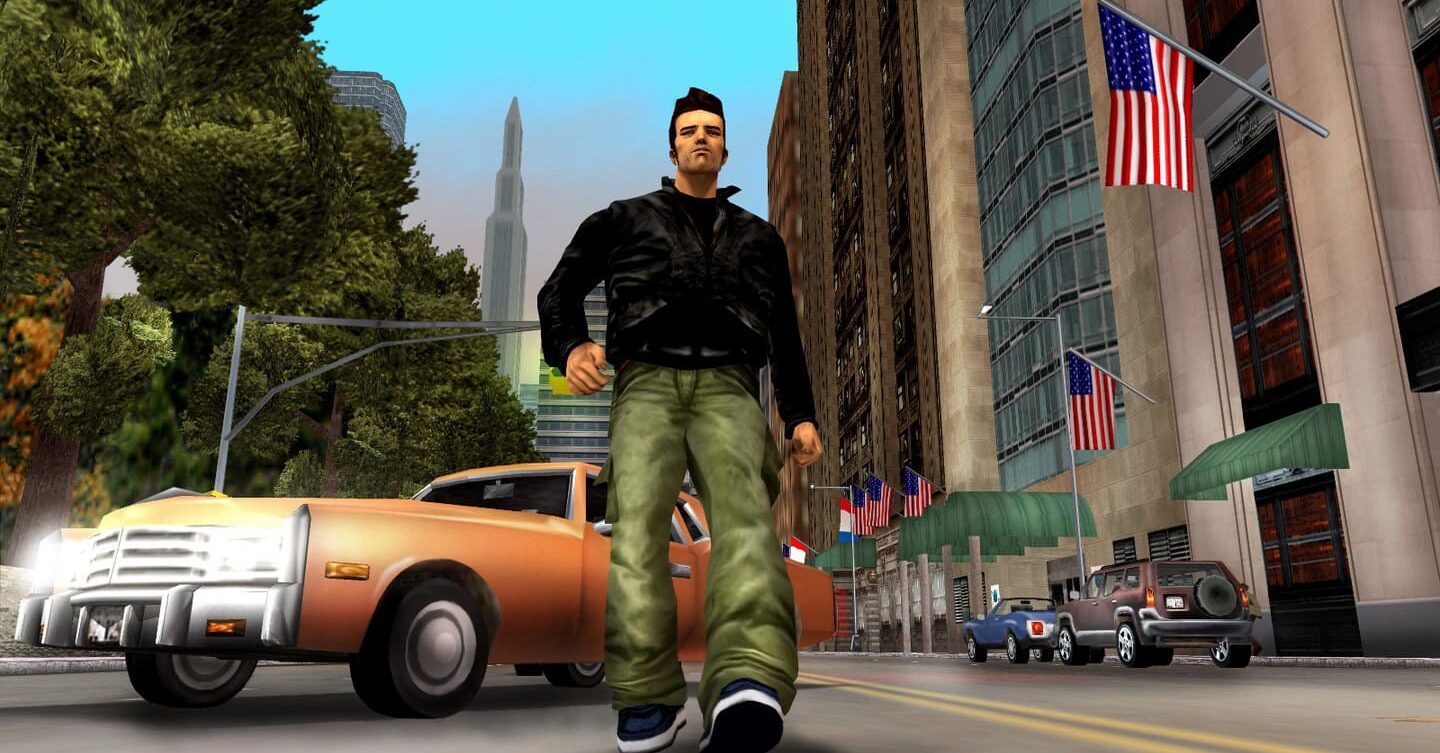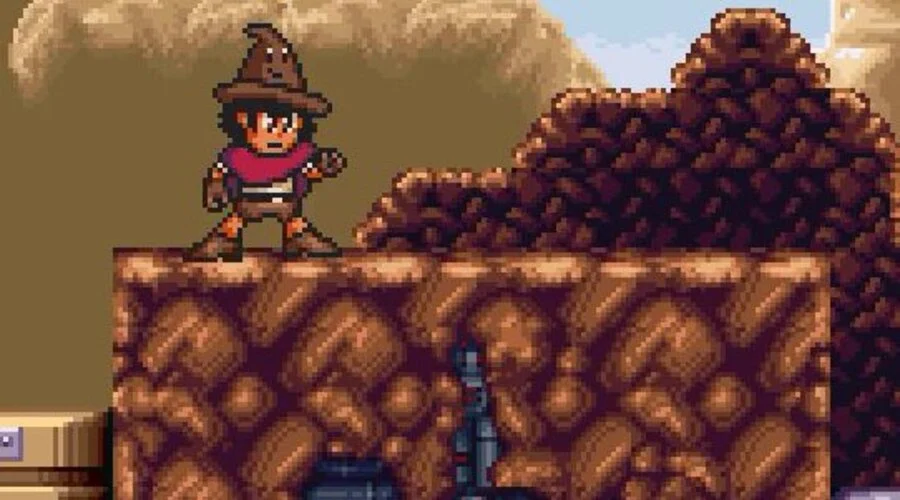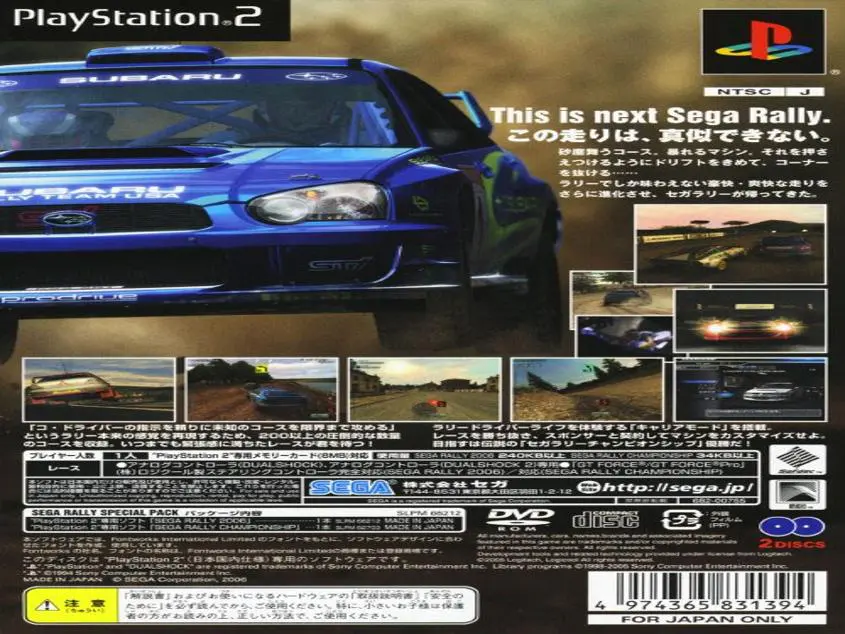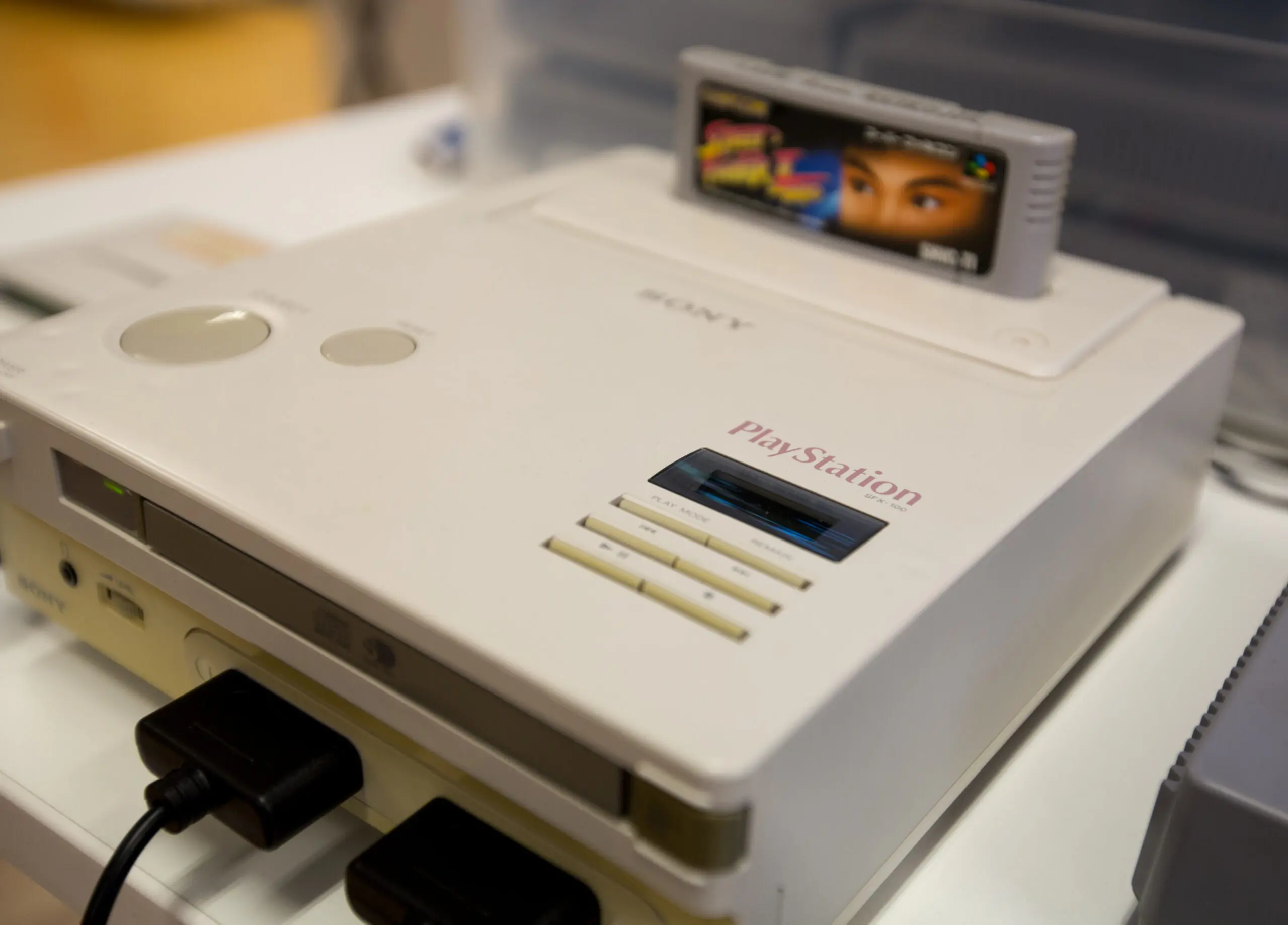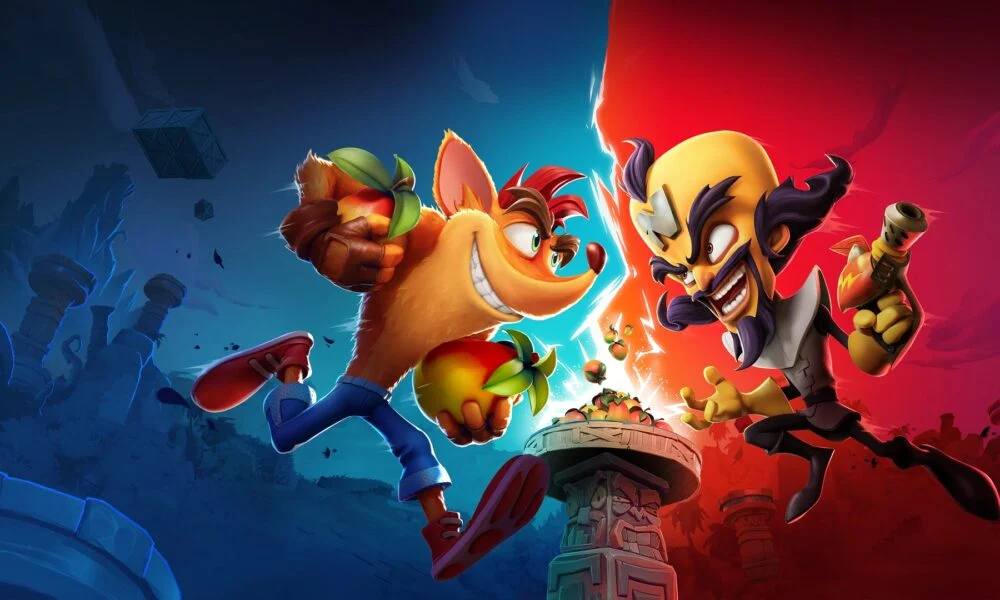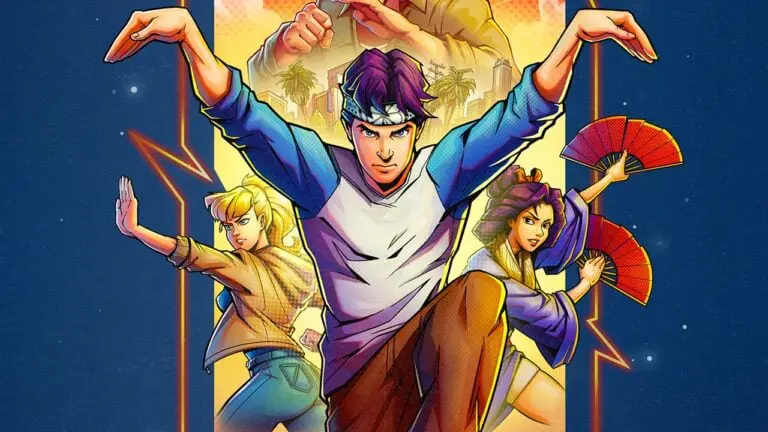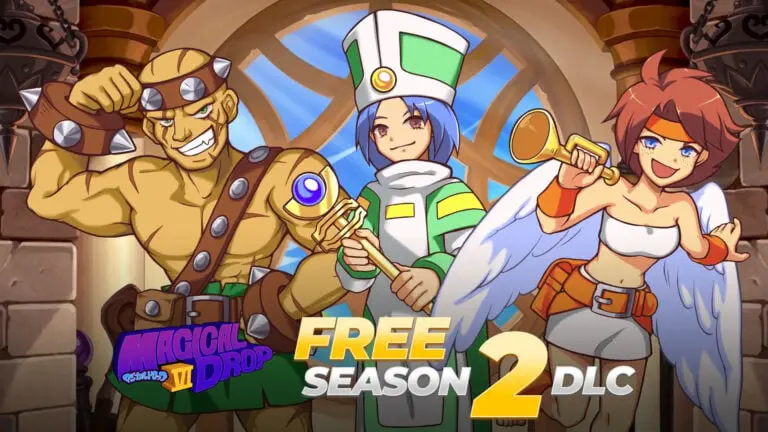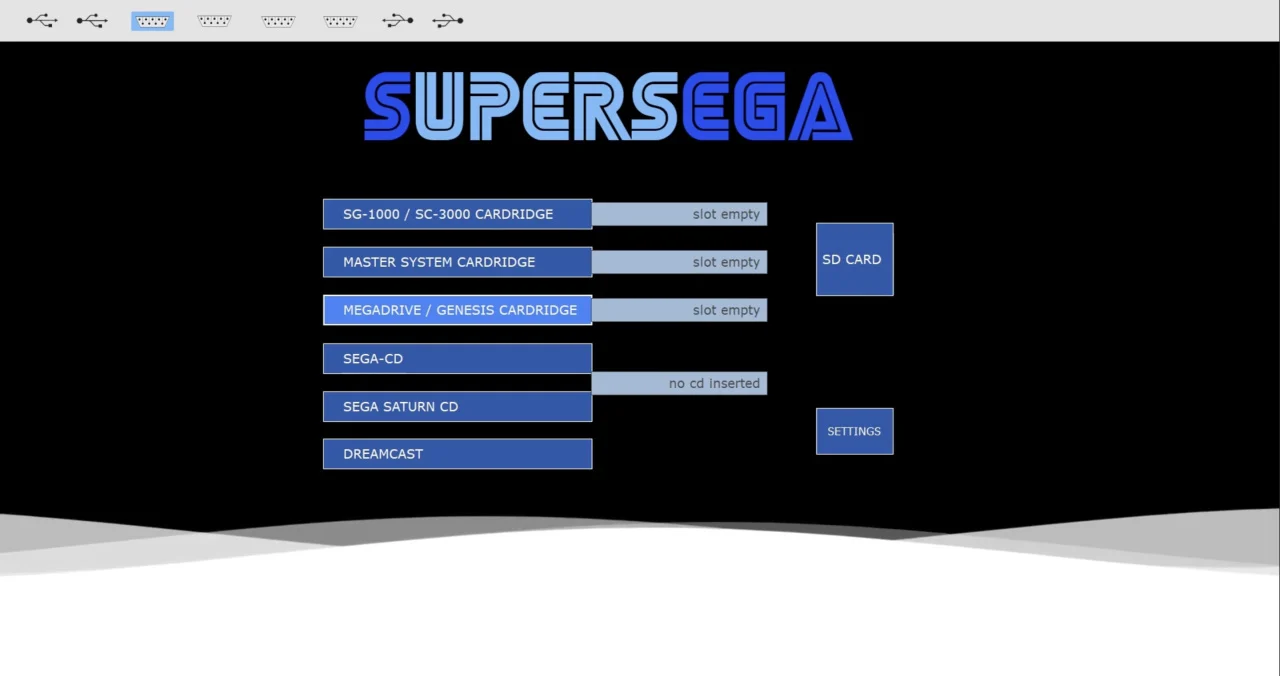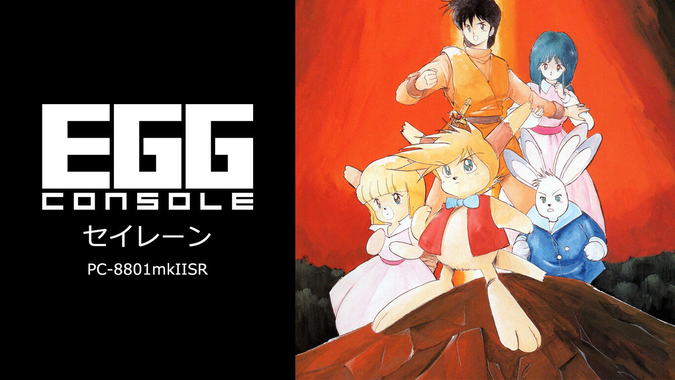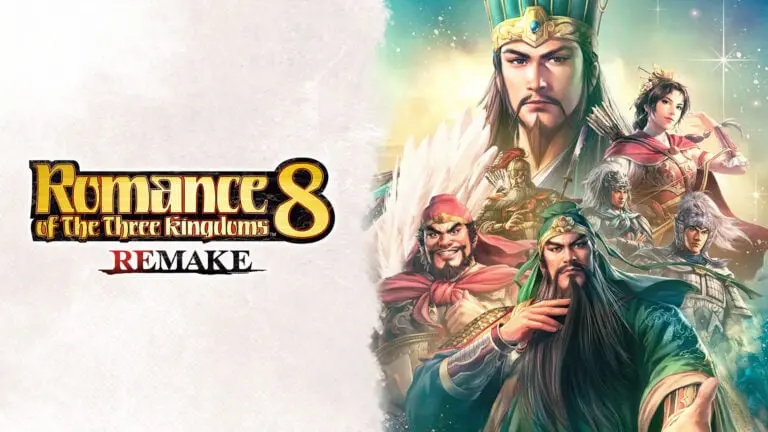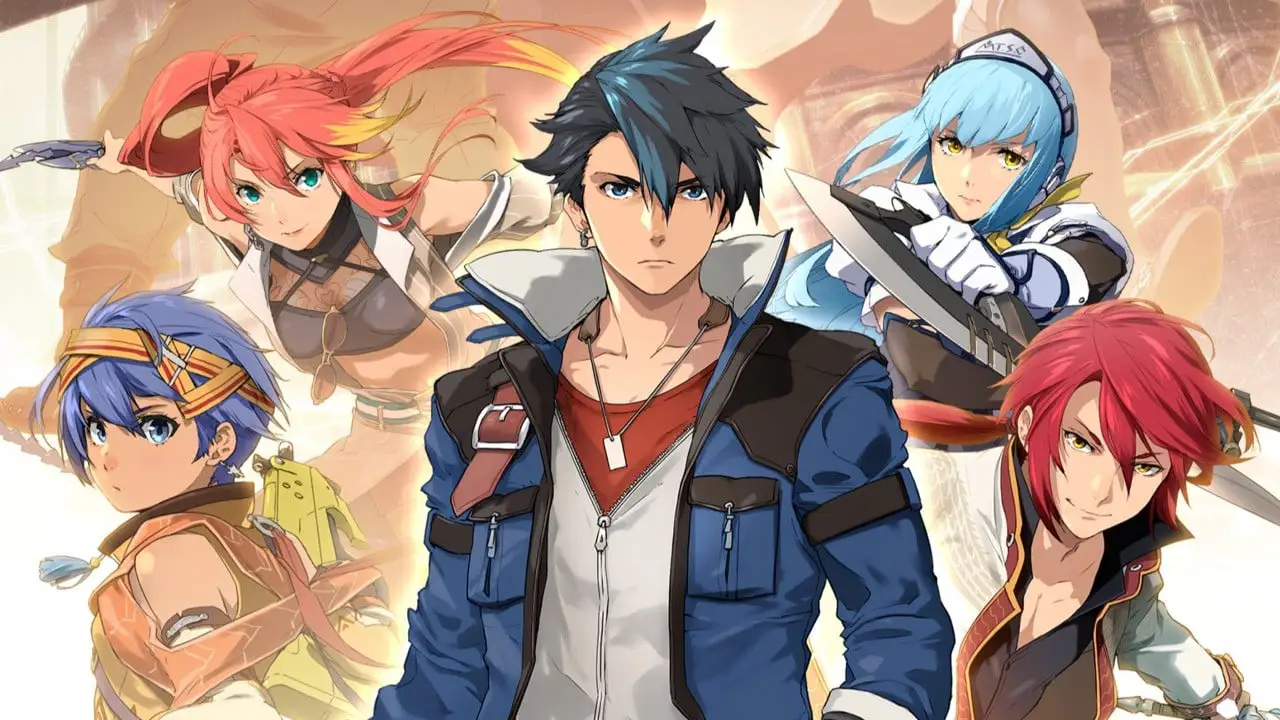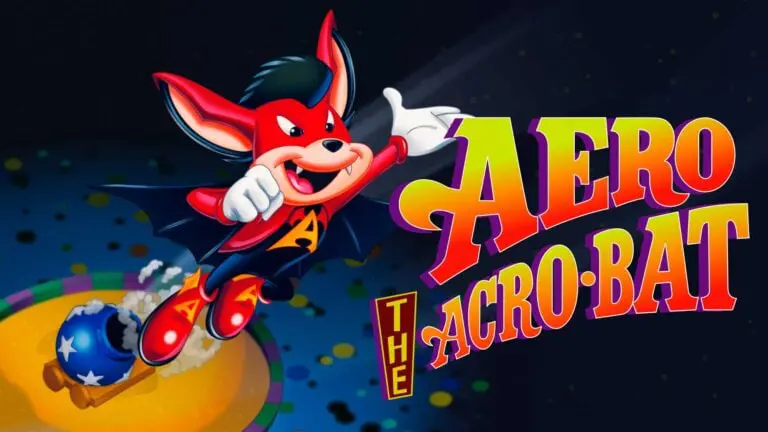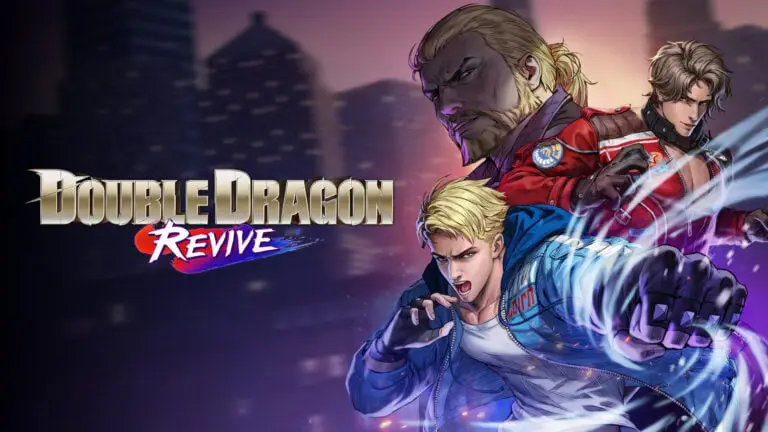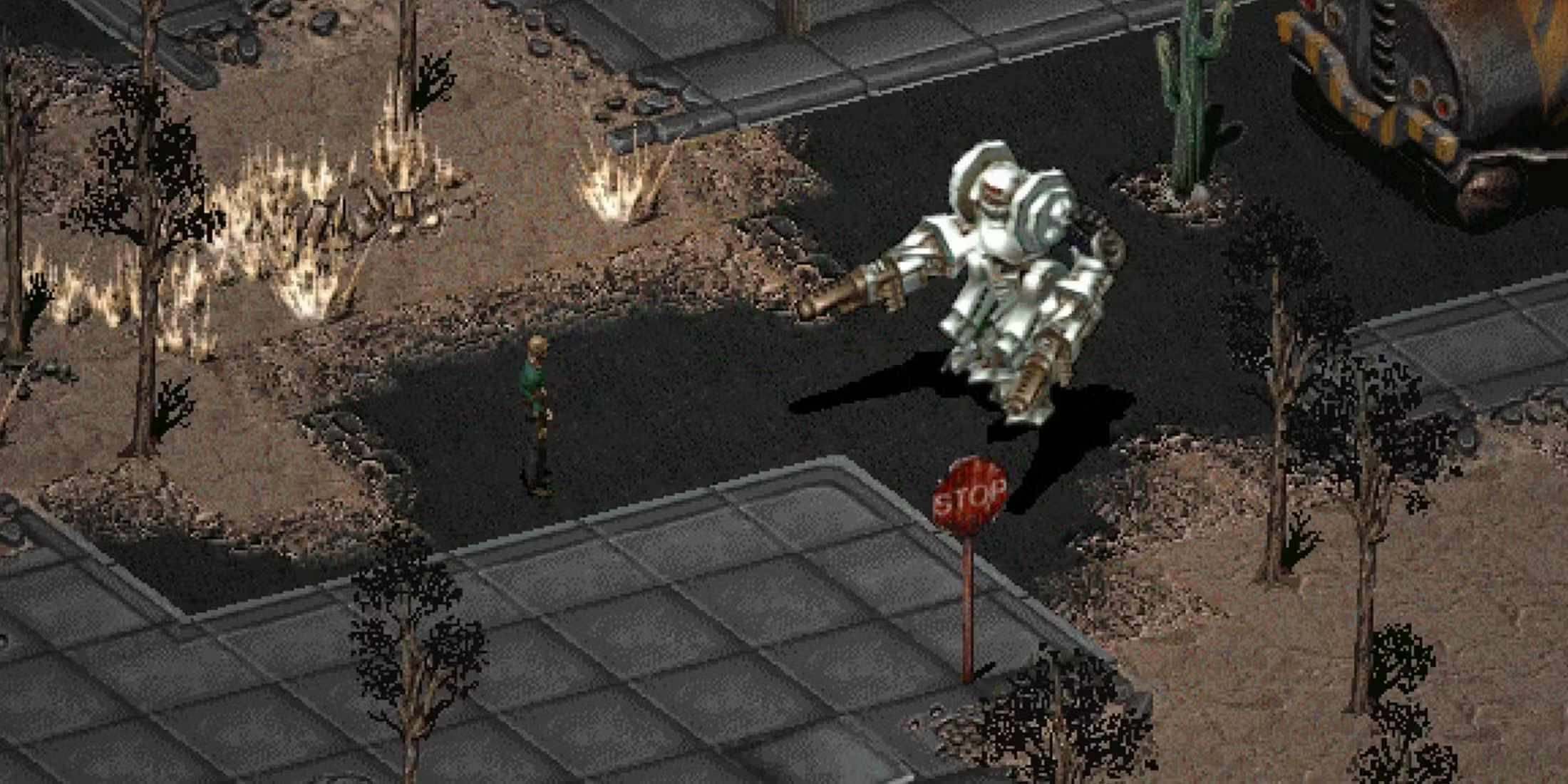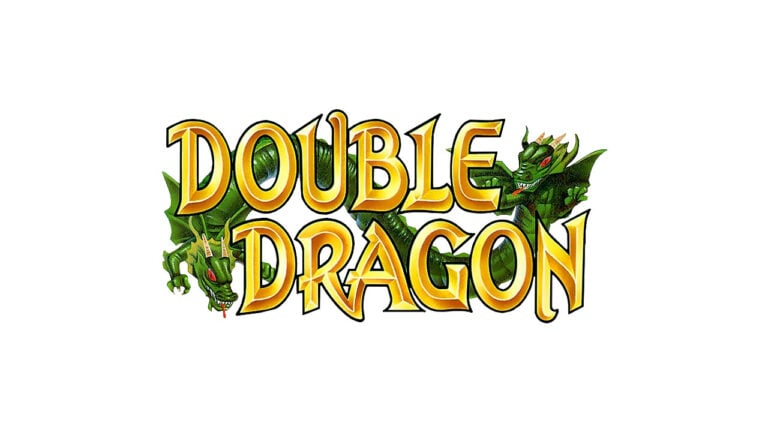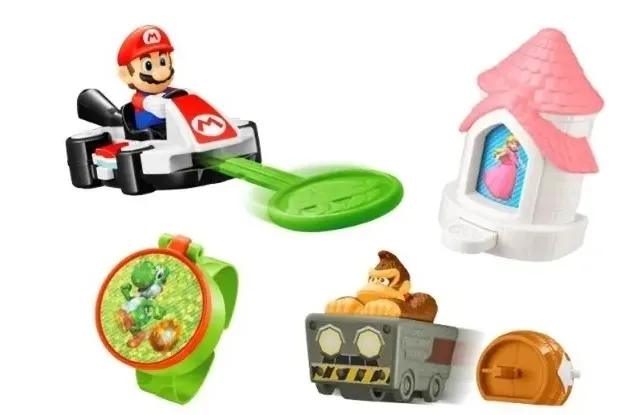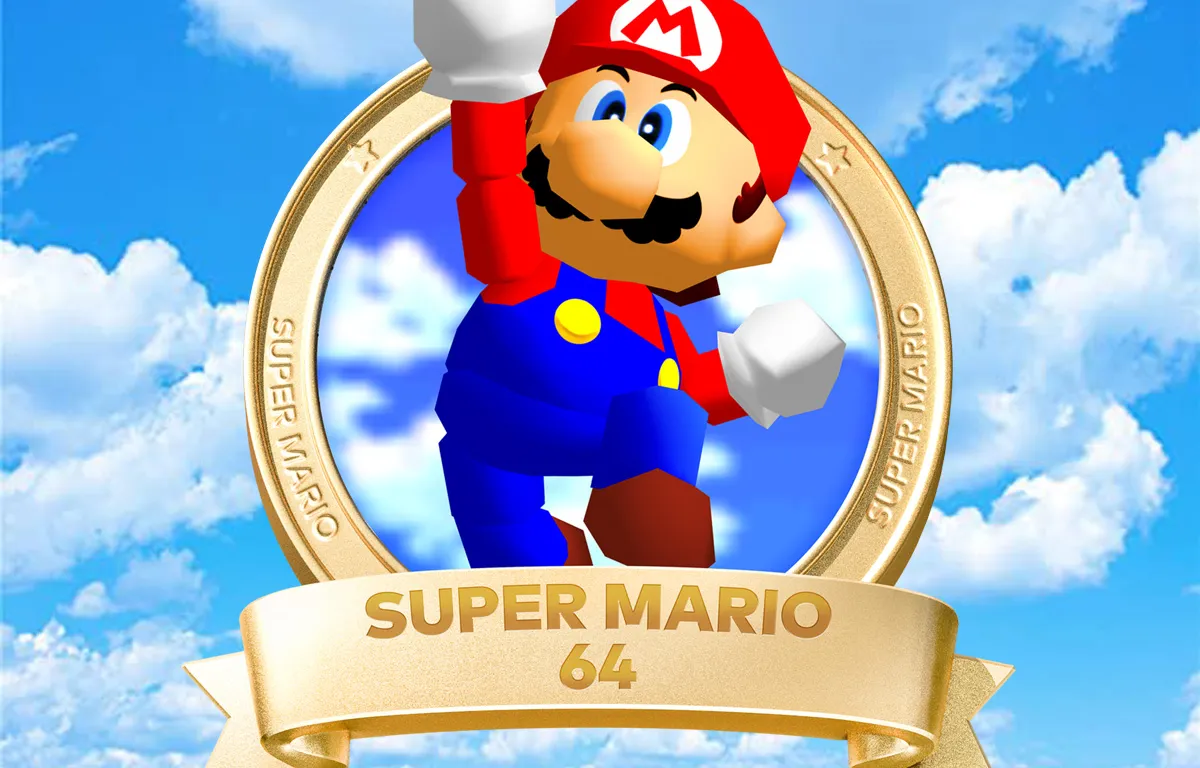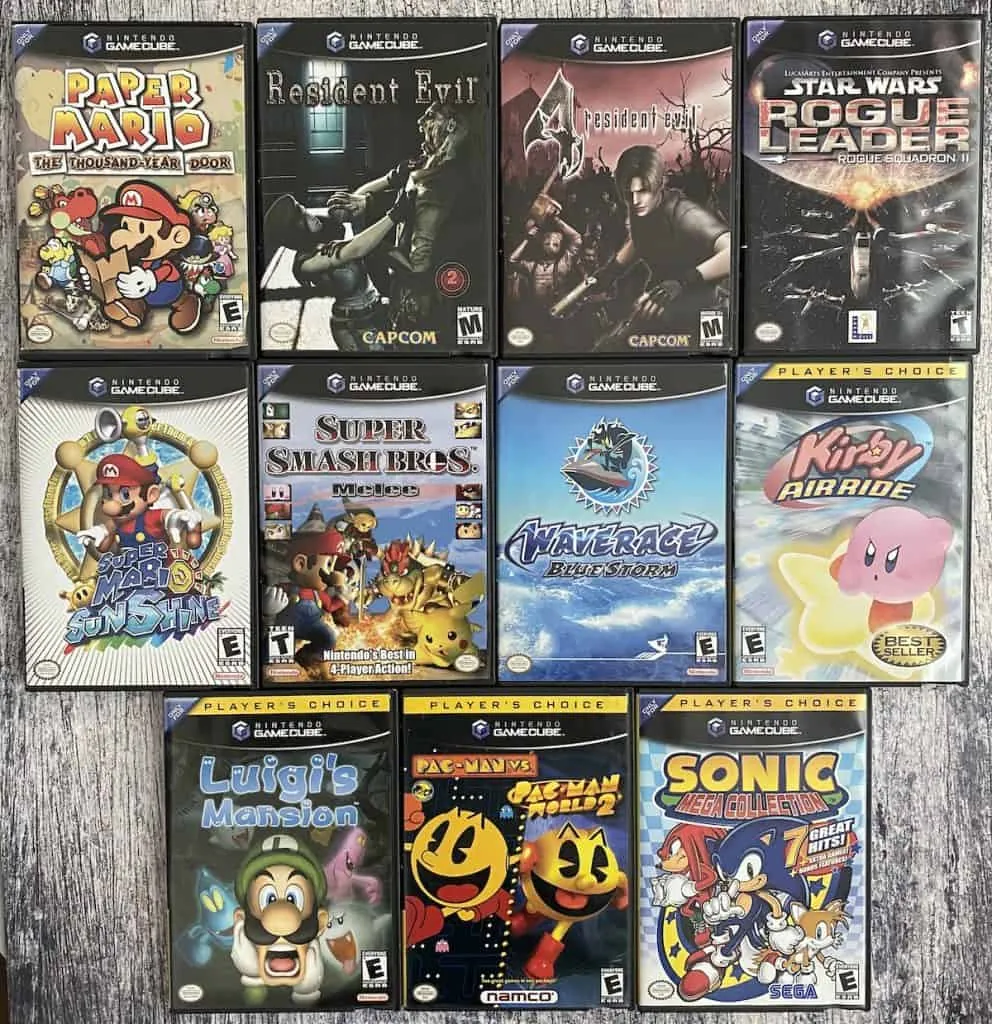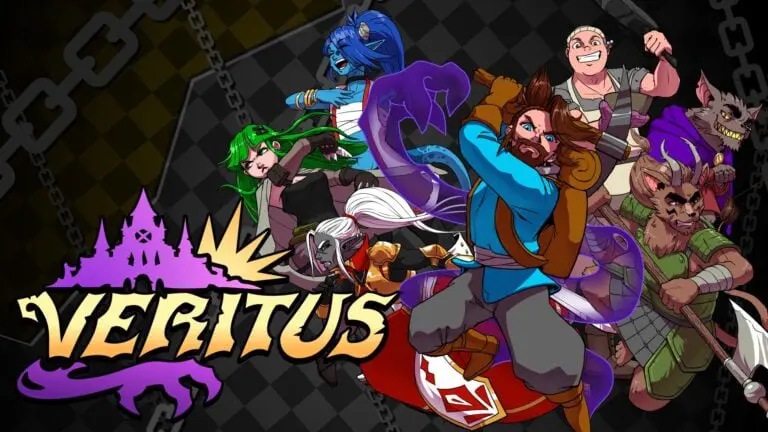By the time the mid-1990s rolled around, the popularity of belt-scrolling arcade fighters had significantly dwindled. It’s easy to see why Technōs‘ last-ditch effort to revitalize the series also involved a shift to the one-on-one fighter genre. There seemed to be some excitement within Technōs regarding the Double Dragon movie, as the game had a loosely based tie-in, despite the fact that its explicit references were pretty sparse—limited to a brief introductory clip and a few static images peppered throughout the arcade stages. Recognizable elements included a boss named Shugo, a transformed design for Abobo—where his mutation is temporary and part of his move set—a prominent amulet, and the transformative power-ups of the Lee brothers that echoed the Super Saiyan concept.
The overall gameplay of Double Dragon sticks closely to the blueprint established by Street Fighter II, right down to Billy and Jimmy morphing into the quintessential “shotos” equipped with their own versions of the classic energy projectile, uppercut, and spin kick special moves. However, the gameplay has a noticeably quicker and smoother pace compared to most Street Fighter entries and other fighters from the era. It differentiates itself somewhat with a couple of unique features. First, special moves are not limited to punch or kick buttons—they are universal. Secondly, it introduces a novel “charge” move system that merges elements of traditional super and desperation meters. Players accumulate a blue energy meter as they inflict damage, which appears over the health bar from the opposite end of the red damage indicator. When the blue and red meet, a flashing signal denotes the availability of powerful charge moves, a scenario that occurs more quickly when a player’s health is low.
In true Neo Geo fashion, Double Dragon does not skimp on presentation. An energetic introduction showcases dynamic character art interspersed with brief combat scenes, all set to a catchy remix of the iconic Double Dragon theme. This builds up to an animated sequence where the Lee brothers transform into spirit dragons, converging to form the game’s logo. Characters like Abobo and Burnov are rendered in impressive size, and the game employs a zooming mechanism much like Art of Fighting or Samurai Shodown when fighters are at a distance from each other.
Each stage in the game is adorned with destructible elements and visual gimmicks, enhancing the fighting experience. For instance, in Abobo’s sewer stage, a subway car might crash down if a fighter is propelled against the ceiling. One standout arena is that of ninja Amon, set atop the wings of a propeller plane soaring through a canyon, reminiscent of graphics from a Sega Super Scaler title. Additionally, each fighter enters their home stage with unique animations, adding to the game’s cinematic feel.
The game transitioned to PlayStation, albeit initially limited to the Japanese market until Monkey Paw Games brought it to the American PSN. The port makes a noble attempt at preserving the original’s visual flair, although it swapped the animated intro with a slow-paced montage of movie scenes and character portraits set to less-inspiring hard rock music rather than the celebrated Double Dragon theme.
Two new modes feature in the PlayStation version: Over Drive Mode introduces a straightforward mechanic for move priority based on the button used, while Tiny 3D Mode offers a miniature, singular fight with a zoomed-out, pseudo-3D perspective—a gimmick seeming more like an afterthought than a substantial addition.
This foray into the fighting game genre under the Double Dragon banner may not be groundbreaking or particularly deep in its gameplay mechanics, but it does stand as a flashy testament to the capabilities of 2D sprite art effects and is, without a doubt, a more engaging experience than its predecessor, Double Dragon V.
